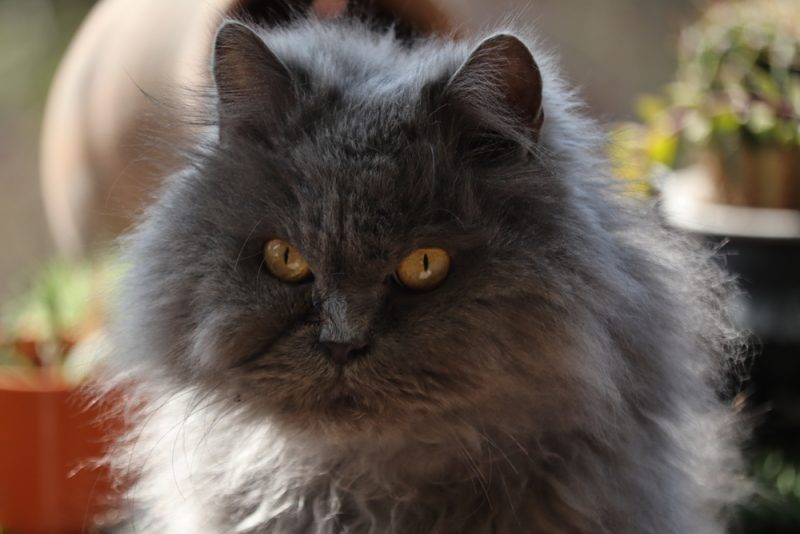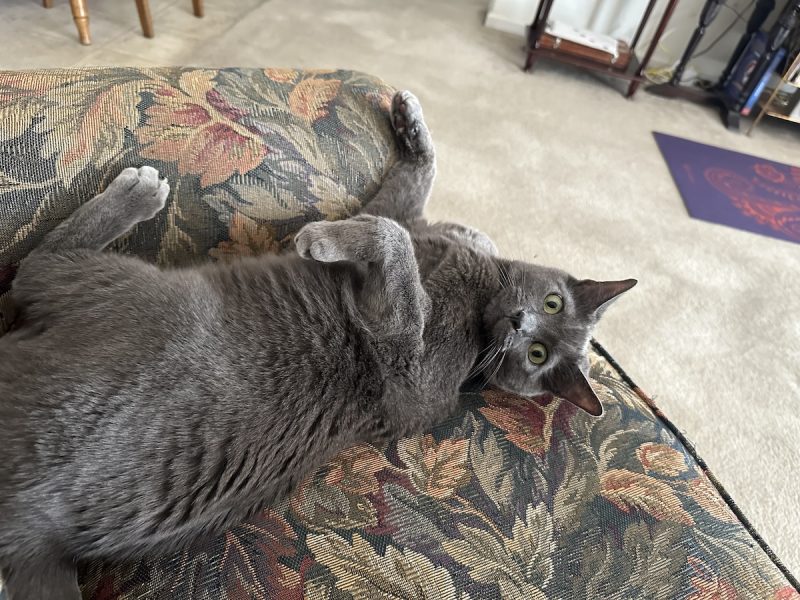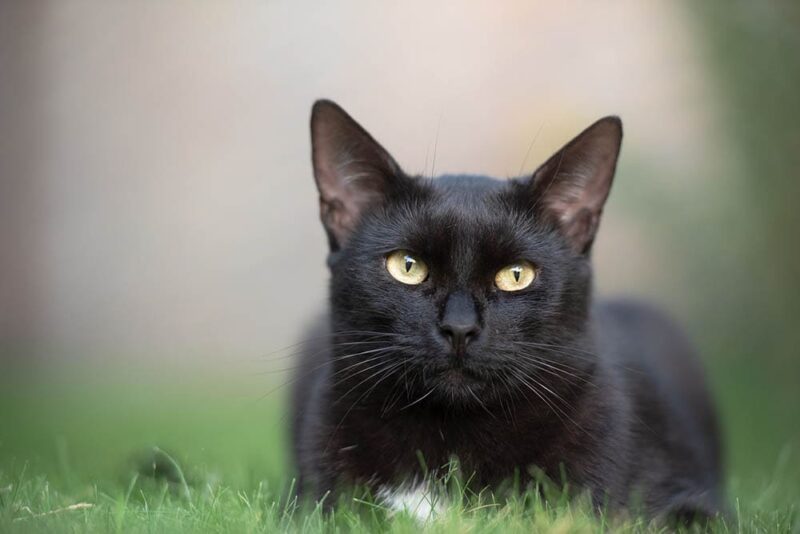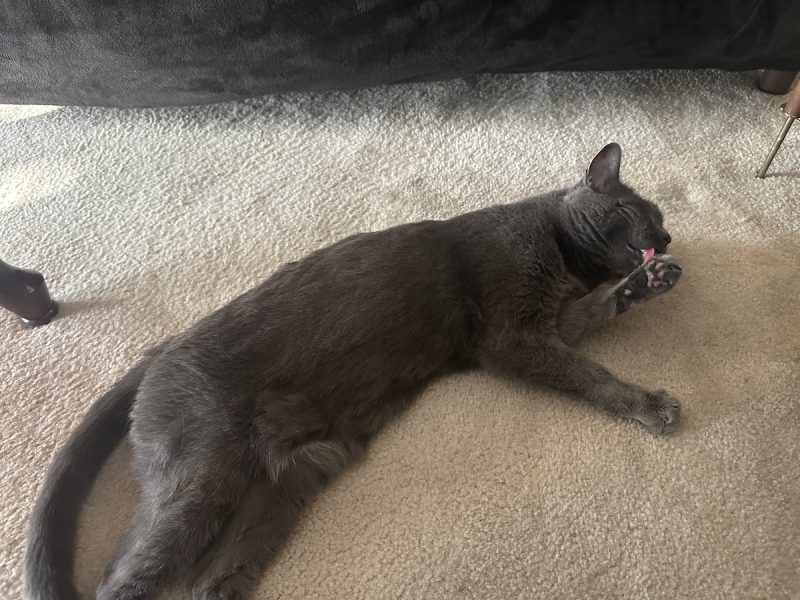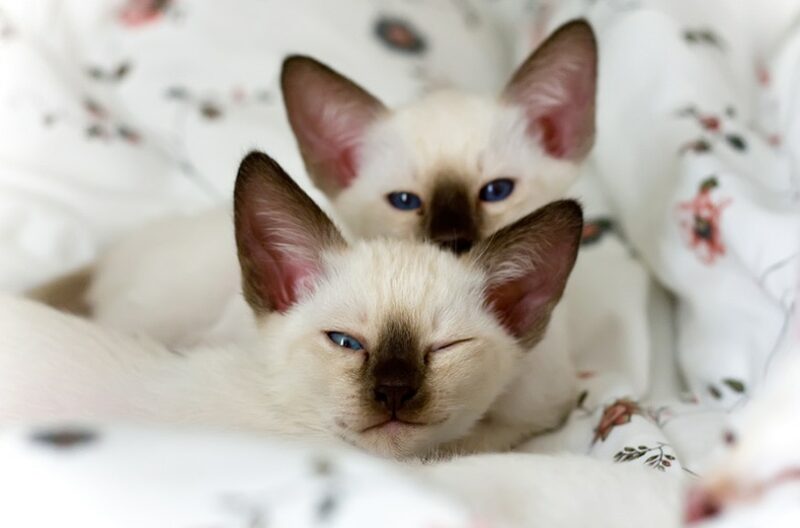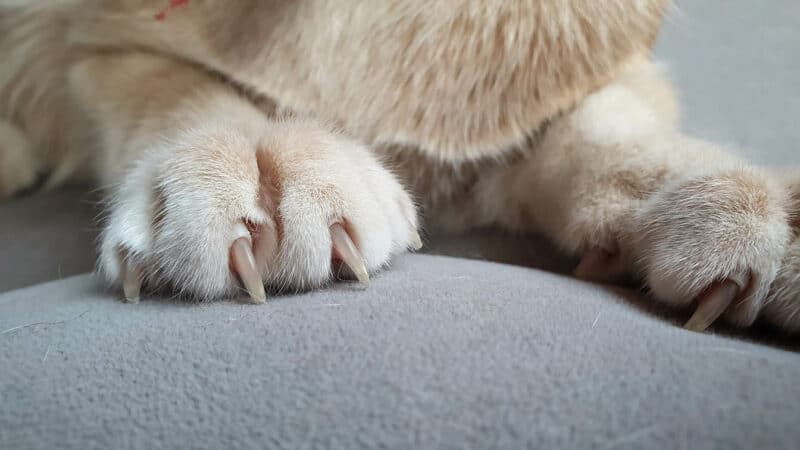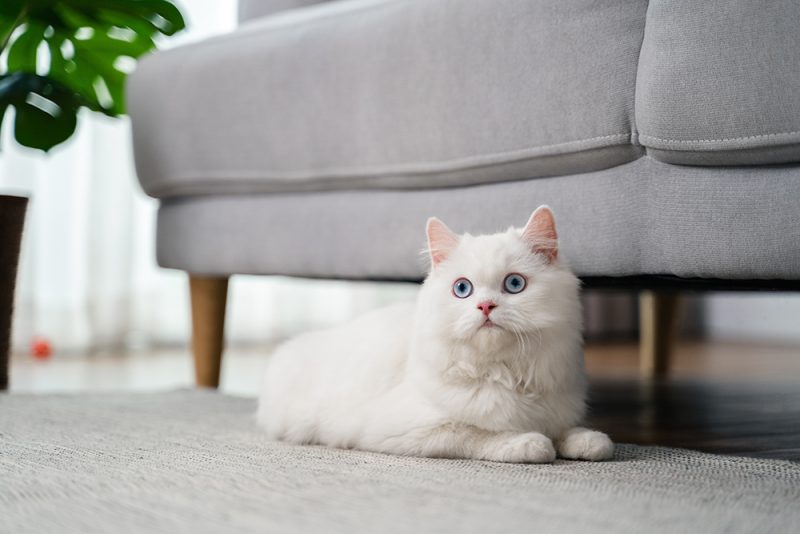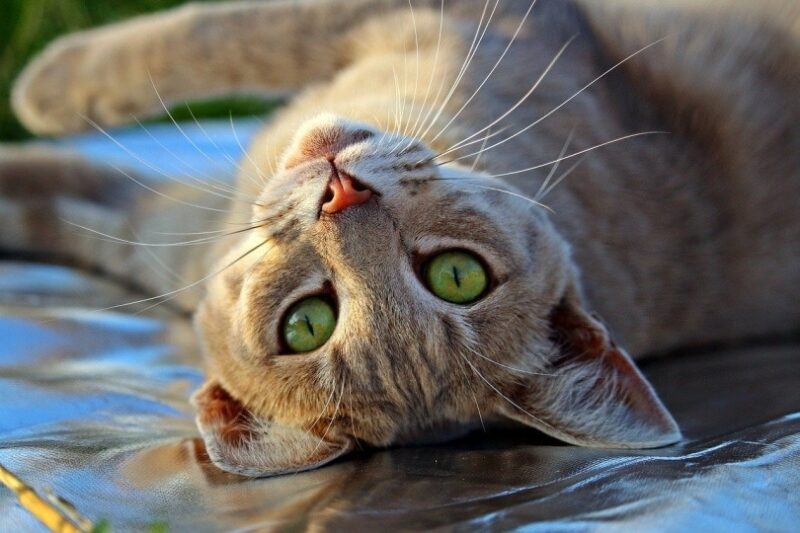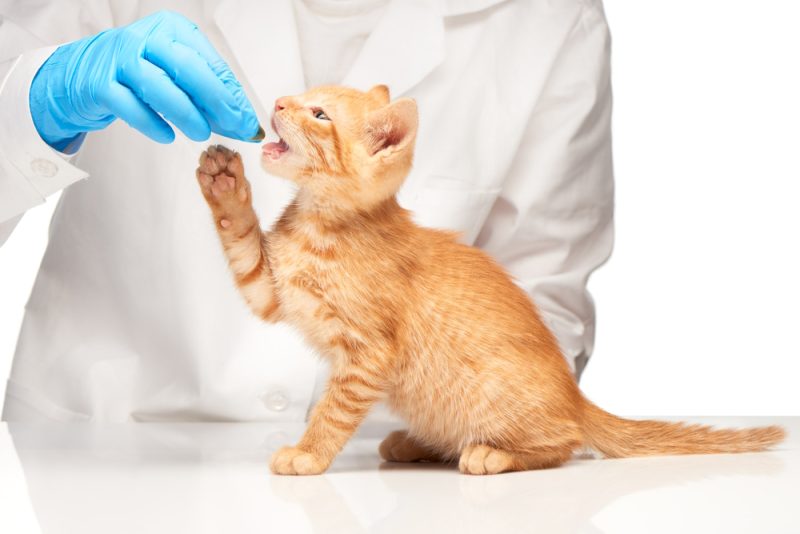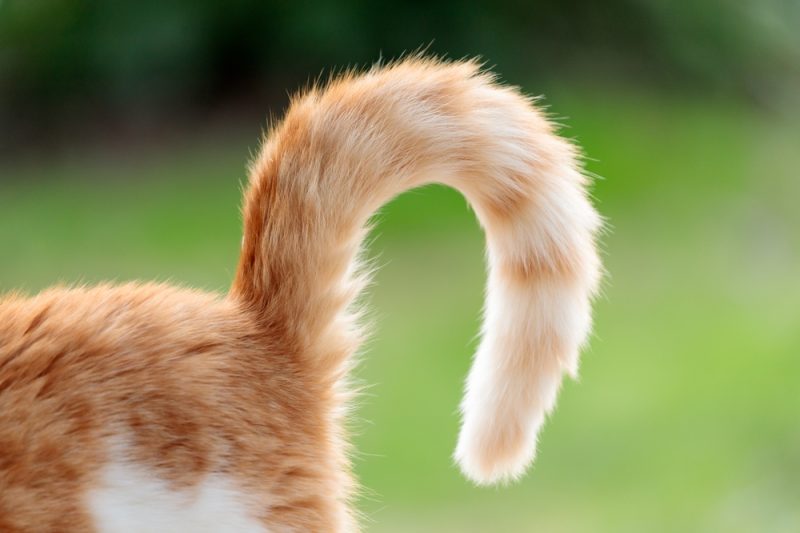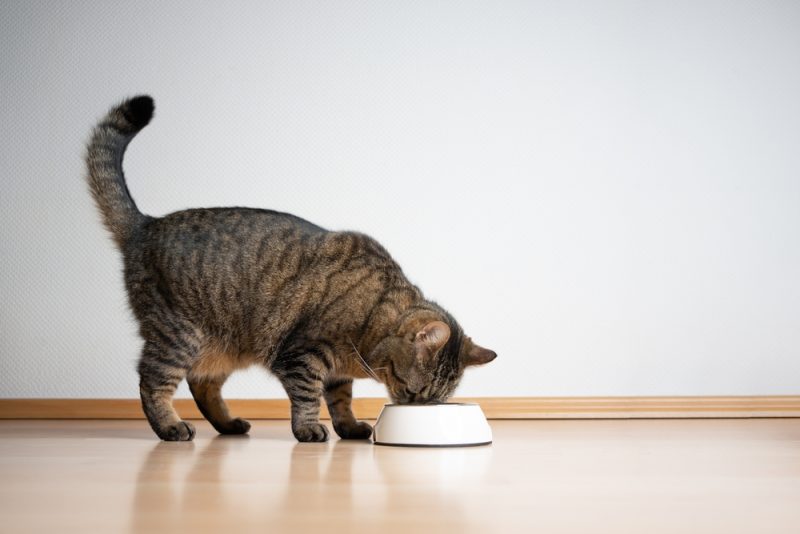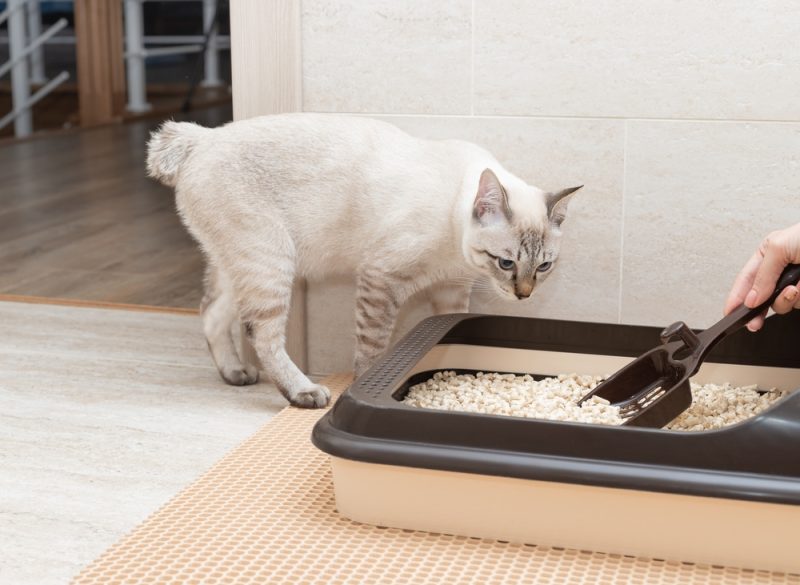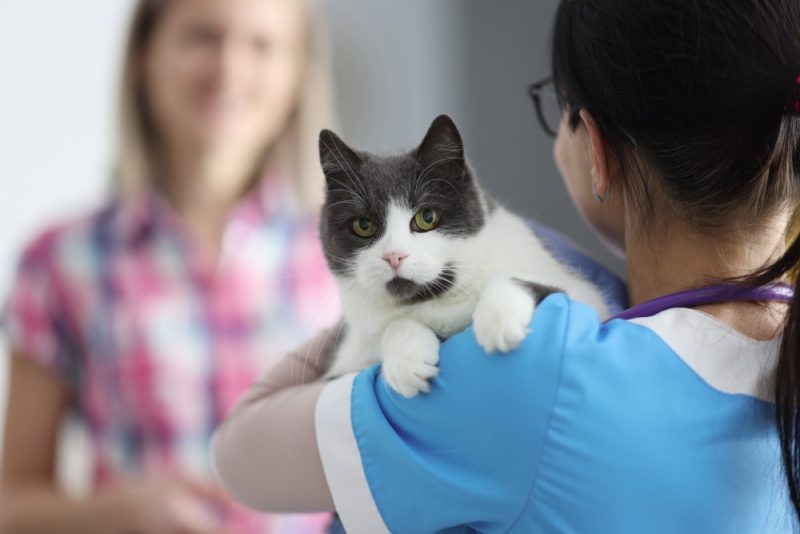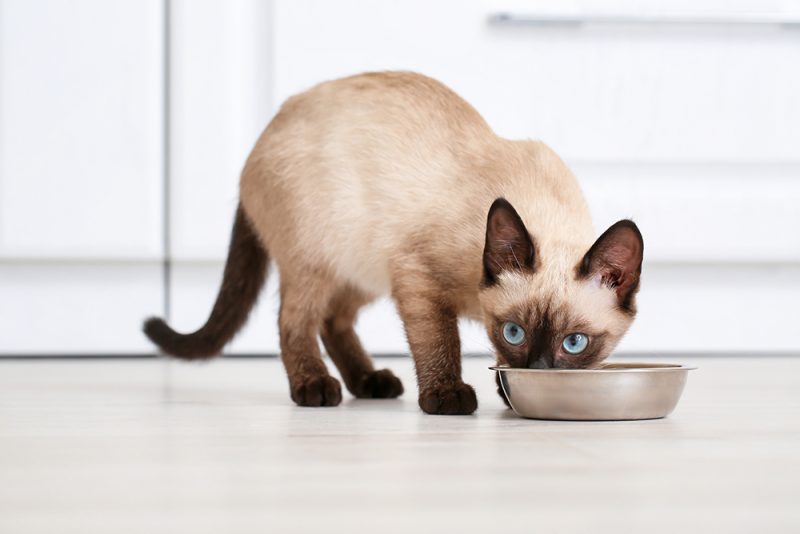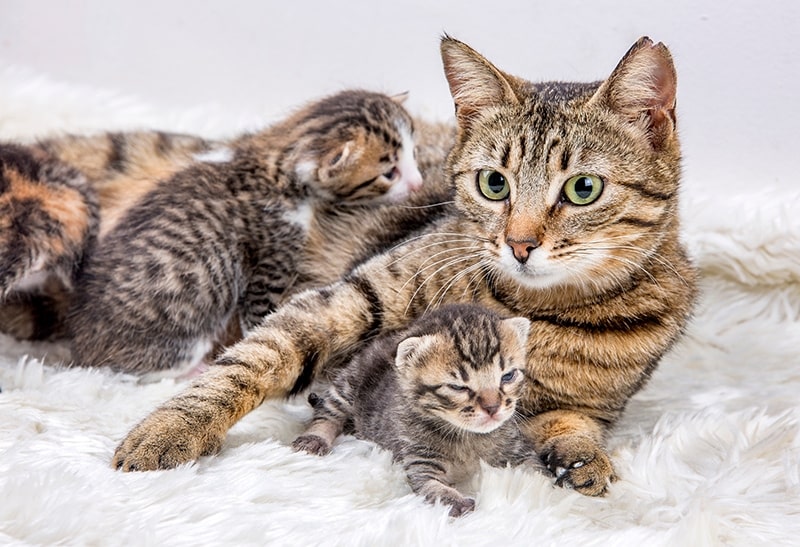In this article
The Blue Persian cat is a gorgeous feline. Like all Persian Cats, the Blue is a medium-sized cat with a large face and a beautiful flowing coat. They are affectionate and calm, but their coat requires extra care. Persian cats are believed to be thousands of years old, originated from Persia, and were some of the first cats to be shown. They were featured in the London cat show of 1871.
Breed Overview
Height:
10–15 inches
Weight:
7–12 pounds
Lifespan:
15–20 years
Colors:
Blue
Suitable for:
Loving owners with quiet homes and warm laps
Temperament:
Loyal, affectionate, playful, chatty, gentle
Persian cats come in various colors, but white, black, and blue are among the most commonly seen. The Blue Persian cat is a gray color, which can vary from light gray to dark slate gray. Other than the color, they share the same physical characteristics as other Persians, so they have a long, luscious coat, as well as a somewhat squashed face.
Since they’re sensitive to loud noises, the Blue Persian may not be the best companion for families with young children or other pets.
Blue Persian Cat Characteristics

The Earliest Records of Blue Persian Cats in History
Although their origin is somewhat disputed, the Persian Cat is an ancient breed. There is evidence of hieroglyphs depicting long-haired cats with a strong resemblance to the breed, suggesting their early ancestors could be thousands of years old.
Early written records from the 16th Century specifically mention the Persian Cat, and what would become the modern Persian Cat was shown at the first-ever cat show in London in 1871.
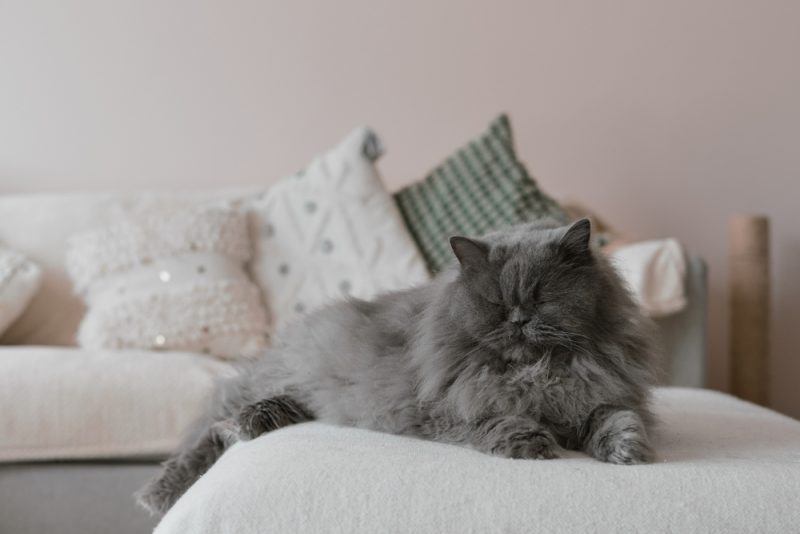
How The Blue Persian Cat Gained Popularity
After appearing at the London cat show, the Persian became very popular with cat lovers in the UK. Queen Victoria was known to be a fan and kept several Persians throughout her life. This popularity with royalty also saw the breed become increasingly popular with the upper classes and helped them become beloved in other European countries.
By the late 19th Century, Persians had made their way to the U.S., where owners became equally enamored with the breed. Due to their appealing personality and adaptability, they became beloved pet cats.
Formal Recognition of Blue Persian Cats
The Persian’s appearance at the first-ever cat show, Queen Victoria’s love of the breed, and their rising popularity with the upper classes meant that the Persian was not only recognized by formal cat fanciers’ associations but was one of the foundation breeds of the Cat Fanciers’ Association in 1906.
Since then, most associations worldwide have recognized them, and a range of colors has been accepted as standard. Along with white and black, blue is one of the more common and easily located colors. The breed’s longevity and popularity have seen it become one of the most widely pedigreed cats in the world and the U.S.
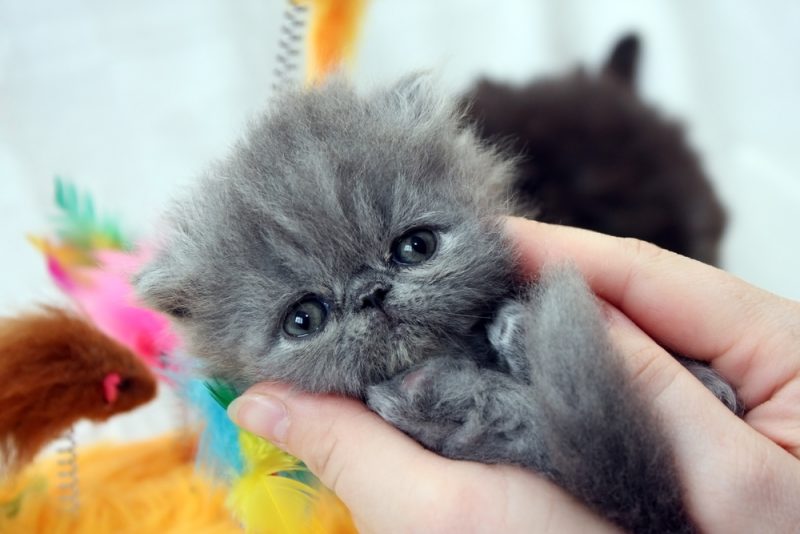

Top 5 Unique Facts About Blue Persian Cats
1. They Didn’t Always Have a Flat Face
One of the most recognizable traits of Persians is their flat faces. However, the breed hasn’t always had this distinctive feature. In the 1950s, a cat was born with a genetic condition that caused a flat face. Breeders took to this feature and bred it into the Persian line. Today, it is considered part of the breed standard.
2. They Are High-Maintenance Cats
The Persian cat requires extensive grooming to stay healthy. Owners need to brush them daily and wipe tears away from their eyes using wipes. Brushing will prevent the coat from becoming matted and uncomfortable.
3. They Make Great Lap Cats
The Persian is known for being loyal and loving, as well as for being sweet and gentle-natured. They love being in warm areas, which is why they make great lap cats. Owners can expect their Blue Persian cat to curl up on their lap whenever they sit to watch TV.
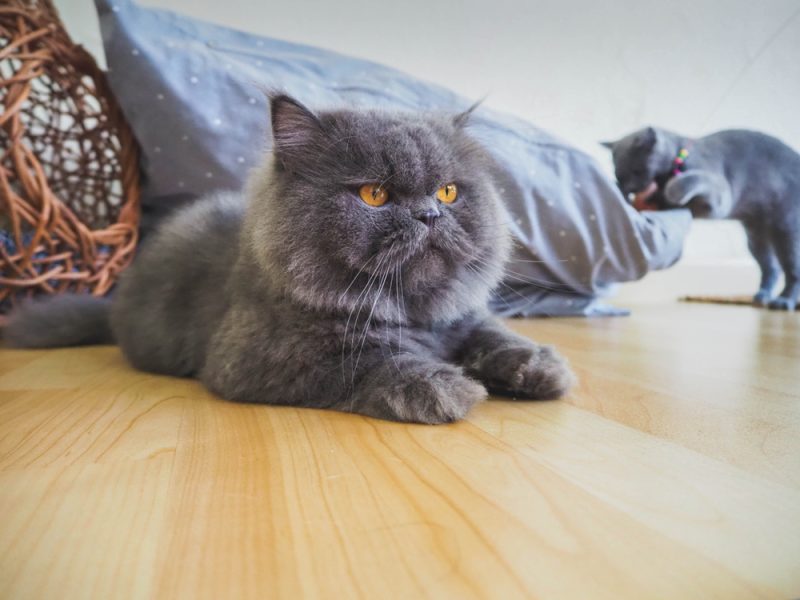
4. Persians Are Not Great for Young Children
Although they’re affectionate to humans, they don’t like loud noises or too much activity. This means the Persian is not the best choice for families with young children. They can also struggle in houses with other pets, especially if they are dogs that want to play and chase the cat.
5. They’re Not the Most Athletic Cats
Stocky bodies and somewhat short legs mean that the Persian isn’t great at making the big jumps that cats are renowned for. They certainly don’t struggle to jump up on their owners’ laps, but they are unlikely to be found on top of counters or shelves.

Does The Blue Persian Cat Make a Good Pet?
The Blue Persian cat can make an excellent pet for the right owner. They are loyal, loving, and gentle. They adore humans and enjoy curling up on their laps. However, they’re not tolerant of loud noises, energetic pets, or wild children.
They are also better kept indoors rather than outdoors, especially in cold climates, and their beautiful long coats require quite a lot of care and maintenance. As long as you have a quiet home and the time to dedicate to regular grooming, the Blue Persian makes an excellent pet.
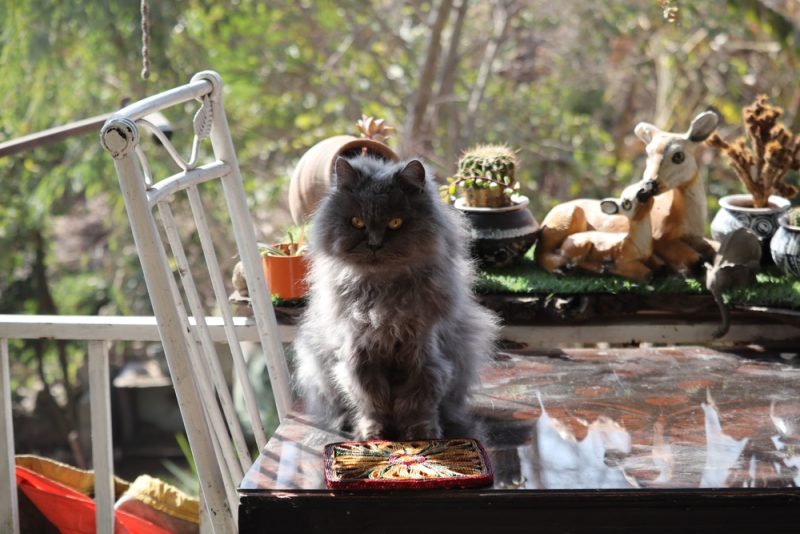

Conclusion
The Blue Persian is one of more than a dozen available Persian Cat colors. The gray color can range from light to much darker, but regardless of hue, the breed is recognized for their beautiful coat, large eyes, and flat face.
Persians are ancient felines and one of the foundation breeds of the Cat Fanciers’ Association. They became popular first in the UK, then the rest of Europe, and finally in the U.S. If you have the time to groom them and prefer calm felines, they make excellent pets and companions.
Featured Image Credit: Nature lapse, Shutterstock
